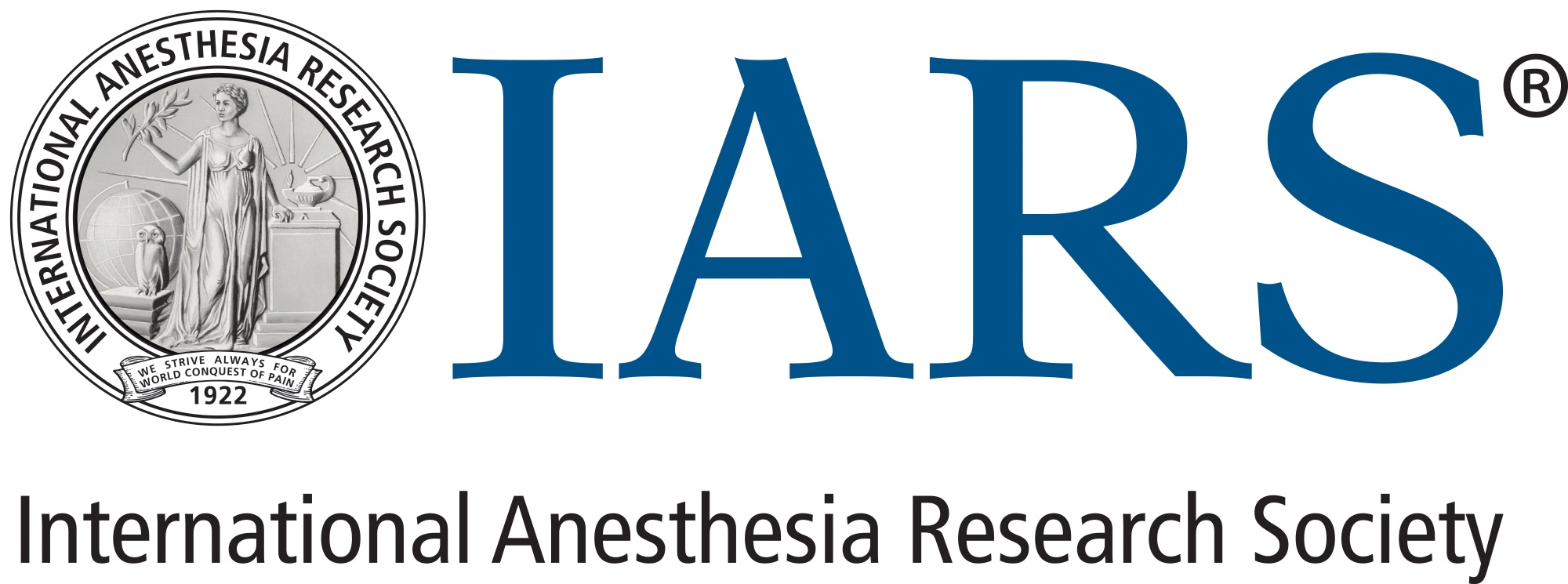 Interview with Kosaka Best of Meeting Award Winner: Viola Neudecker, MD
Interview with Kosaka Best of Meeting Award Winner: Viola Neudecker, MD
Kosaka Best of Meeting Award Winner – Basic Science Research:
Viola Neudecker, MD, Columbia University Medical Center
Abstract Title: “GFAP expression in the visual cortex is increased in juvenile non-human primates that were exposed to anesthesia during infancy”
What is your professional title and institution? How long have you been there?
I am a MD, currently working as a postdoctoral Research Scientist at Columbia University in New York, NY. I joined the Department of Anesthesiology about one year ago, in spring 2018.
Why is the IARS Annual Meeting valuable to you?
I am an anesthesiologist and besides practicing, I love doing research. The IARS meeting focuses on, and brings together those who are in the field of anesthesiology and want to move research and development forward. It is a great balance of clinicians and clinical research but also a lot of basic science topics, a perfect breeding ground for ideas for translational processes.
How does this annual meeting set itself apart from other annual meetings that you attend?
This was my first time participating in an IARS meeting. To me personally, it was great to experience the huge amount of innovative and forward-thinking anesthesia-focused research, clinical topics, but also especially a strong basic science input.
Tell me a little about the research you received the Kosaka Best of Meeting award for. What is the goal of your research? Will your findings/research directly impact patient care?
Dr. Brambrink’s research is focusing on the concern whether anesthesia exposure in very young children can affect their neurobehavioral developmental later in life. Using the non-human primate model, we are able to investigate this concern very close to the human condition. In the particular research, I was presenting for the Kosaka Best of Meeting Award. We report for the first time, structural changes in the brain of juvenile NHPs, 2 years after they were exposed to anesthesia during infancy. The increased levels of gliosis we found, indicated by increased levels of GFAP, represent long-term structural changes in the brain after anesthesia exposure. Increased levels of GFAP might help to identify the anatomical correlates for functional alteration seen after infant anesthesia exposure. Therefore, we next aim to look at specific regions of the brain that are related to functional impairment seen after anesthesia exposure during infancy. Gliosis might not only be an indicator of anesthesia-induced injury of the developing brain but might be playing an active part in the mechanisms involved in infant anesthesia neurotoxicity.
What is the value of research awards like the Kosaka Best of Meeting award?
I think giving an award is not only acknowledging and encouraging the individual research group but also highlights the topic presented and thereby increases the recognition in the field. In addition, especially for young scientists, it is always a great opportunity to present their work in front of a critical audience.
International Anesthesia Research Society
